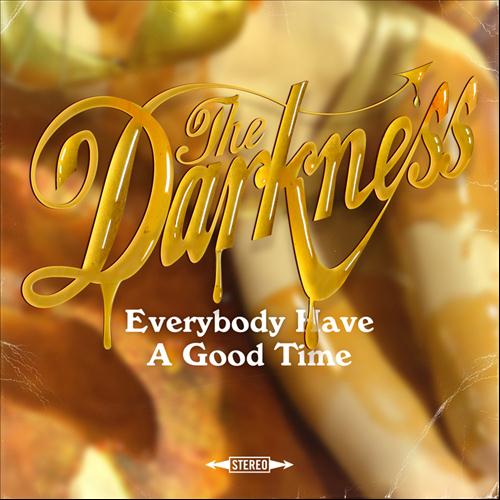

Linguists – Madam! - should note how easily these learned men slip into the Glaswegian vernacular and employ accents during this furious opener that are surely as welcome as the sweet poesy of The Bruce to all Caledonian ears. Vegetable smoothies aren’t cheap so our man guarantees eternal freebies north of Hadrian’s wall – perhaps a place where health foods are, at best, scarce – with the we-totally-didn’t-make-this-up-on-the-spot ‘Welcome Tae Glasgae’. Justin Hawkins is many things – extrovert, holy man, sex god, philosopher, brickie - but a fool is not one of them. The opening hat-trick of ‘Welcome Tae Glasgae’, ‘It’s Love, Jim’ and the title track have already achieved the near-impossible by replacing Pelé’s overhead kick in Escape To Victory as the greatest moment in sporting history. What need shall we have of masks when The ‘Ness have melted our collective faces off, with guitars, bass, drums and screaming as their waffen der medizing?Īnd, lo, they do rock, and with more gusto than e’er before, which is a bit like finding a diamond so hard, it can kick the living fuck out of all its carbon brethren in the shop. Vaccines and poultices are all well and good, but if we are to truly heal the world, then heroes are called for, heroes in denim and leather, with a side order of catsuit and the world’s greatest living Scotsman in a kimono. get_song_df() returns a 1×13 df, of which position 12 is the album title.The omniscient overlords of rock that are The Darkness – carve that name with pride, into your own chest, or, preferably, someone else’s – are aware of the almighty kicking the Earth has taken since their last masterpiece, the precognitively titled Easter Is Cancelled. allIds <- ame(song_id = unique(allLyrics$song_id))Īnd now, a loop to put it all together. I’ll create a dataframe for each of the IDs, and the album they belong to.

The get_song_df() function returns a dataframe with details on the song that is fed into it. In order to make the text analysis portion a bit more complete, I’ll add the album each song belongs to to the df. If you have a cleaner, faster, or plain alternative solution please let me know! Extra Details Side note – I am aware that R prefers vectorised methods to loops. Since this takes a little while to run, I like to save the df as a csv to more quickly get back to this point in future. This can take a while, each song will take about 3 seconds, so for prolific artists you can use a package like beepr to let you know when this is finished.
#I believe in a thing called love the darkness album name update
So here we add a song to our df, add the song’s ID to a variable named successful, remove the ID from the original list, and print to give us an update as to where we are. Print(paste("New length is ", length(ids))) # Song IDĪllLyrics <- rbind(get_lyrics_id(id), allLyrics) Since I’m looking at The Darkness, it’s probably only right to begin with I Believe in a Thing Called Love, right? Let’s start by finding the genius ID for the song. Anyone who read my previous music post will not be surprised. You should now be good to begin.įor this example, I’ll be using The Darkness. Call it with genius_token(TRUE) and paste your token into the console where prompted. To gain access to lyrics, you can use the genius_token() function from geniusr. Here, you’ll need a genius API token, and the following libraries: This post uses techniques explained in more detail here, and some from this tutorial by Ariane. So here it is, a fairly handy way to analyse the lyrics of your favourite artists using R and the genius API. It’s been a while since my last post, so I wanted to dig into my old work-in-progress folder to find something to rework and put up here.


 0 kommentar(er)
0 kommentar(er)
